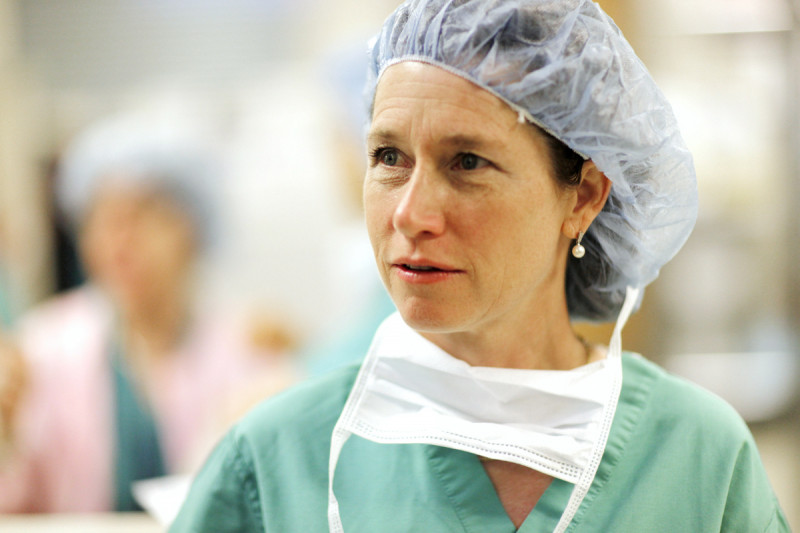
When someone is diagnosed with male breast cancer, our team of physicians helps him to select the treatment plan that best fits his individual needs. The treatment options for male breast cancer are similar to those for female breast cancer. Today, breast cancer is usually treated with a combination of surgery, chemotherapy, radiation therapy, or hormonal therapy. Treatment decisions are based on how far the disease has progressed and on the characteristics of the tumor, such as its hormone receptor status (an assessment of whether the cancer will respond to hormone therapy).
Early detection of male breast cancer improves the chances of a successful treatment. As in women, the most common symptom in men is a lump that can be felt in the breast. In most cases, such lumps are painless. Other symptoms may also include:
- nipple retraction (flattening)
- nipple inversion (when the nipple grows inward)
- discharge (release of fluid from the nipple)
- redness or scaling of the nipple or breast skin
Some of these symptoms can occur because of noncancerous conditions, such as an infection, but you should see your doctor if you notice any changes in your breast.
Gynecomastia, a noncancerous condition that causes enlarged breast glands, is the most common type of breast lump in men. Gynecomastia is particularly common in adolescent boys and in elderly men, and it can also be caused by a number of medications. Although the symptoms of gynecomastia may be similar to those of male breast cancer, there is no evidence that gynecomastia increases a man’s risk for developing the disease.
We’re available 24 hours a day, 7 days a week

